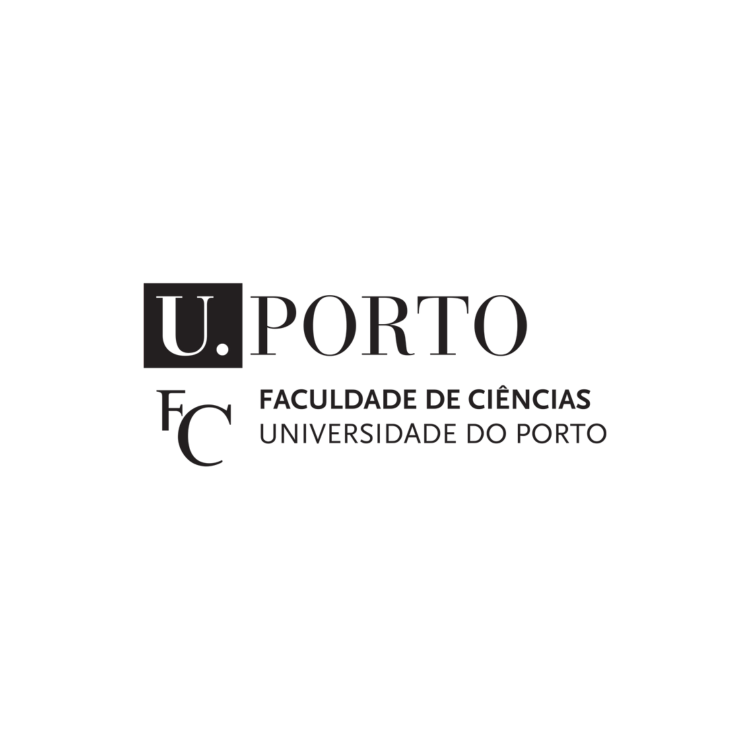Porto’s territory is, in its majority, covered by urban and industrial areas creating a total of 69% of waterproofed soil. The remaining area is composed by a more permeable soil scattered through the territory, such as green areas (gardens, parks), forests, farming areas and coastal areas. The territory descends smoothly towards west to the Atlantic Ocean to lower altitudes and flattened areas. Strongly bounding the city, the Douro River defines an embedded valley with steep slopes at the south.
The city has been working on biodiversity, climate change and sustainability for the last 20 years. Carbon emissions reduction, climate adaptation, circular economy and nature based solutions (NBS) have received strong municipal investment. The Climate City Contract implementation to achieve carbon neutrality in 2030 involves a 540 million euros of municipal investment. Since 2016, 234 million euros have been spent on implementing the Municipal Climate Change Adaptation Strategy. The Municipal Master Plan foresees an investment of 11.640 million euros to mitigate climate change and to increase sustainability and quality of life.
Principal climate change challenges
The city of Porto and the metropolitan area of Porto shall experience climate change impacts induced by increased temperature, heatwaves, drought, heavy rain induced flooding, and sea level rise.
Existing strategic engagements
• EU Mission – Climate-Neutral and Smart Cities
• EU Mission – Adaptation to Climate Change
• Porto Climate Pact
• Municipal Master Plan (2021)
• Municipal Strategy for Adaptation to Climate Change (2016)
• Strategic Masterplan for Porto Eastern Area
• Covenant of Mayors (since 2009)
• Green City Accord




![EN_FundedbytheEU_RGB_WHITE[1]](https://nbracer.eu/wp-content/uploads/2023/11/EN_FundedbytheEU_RGB_WHITE1.png)
